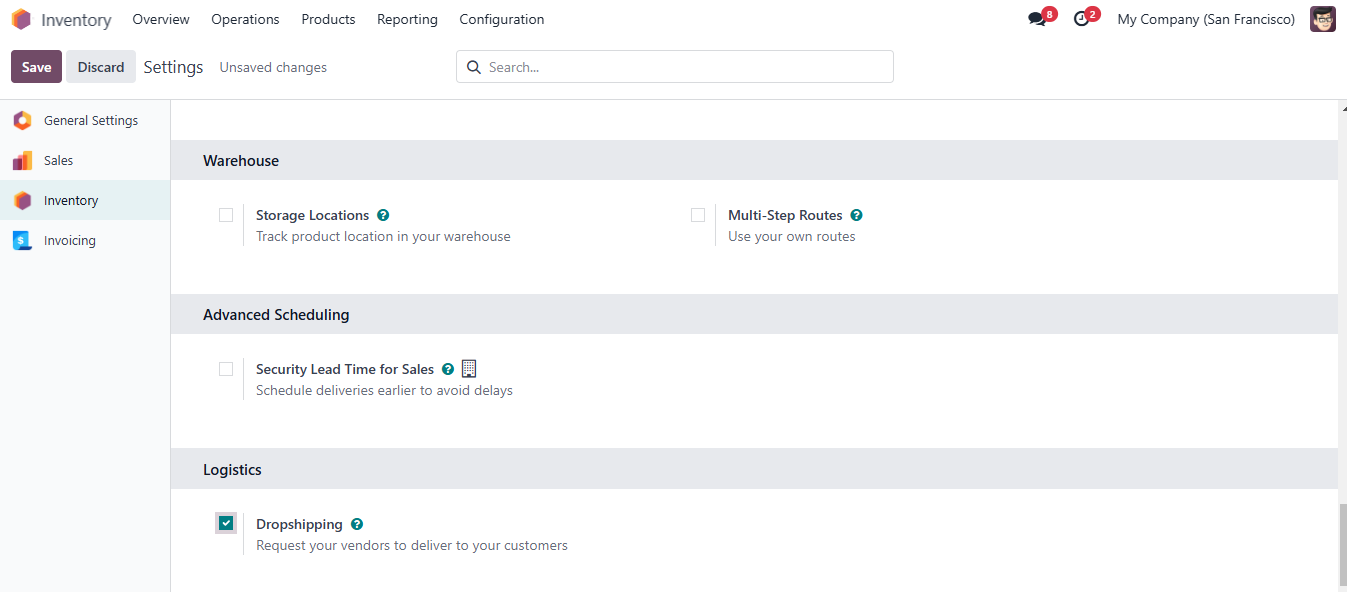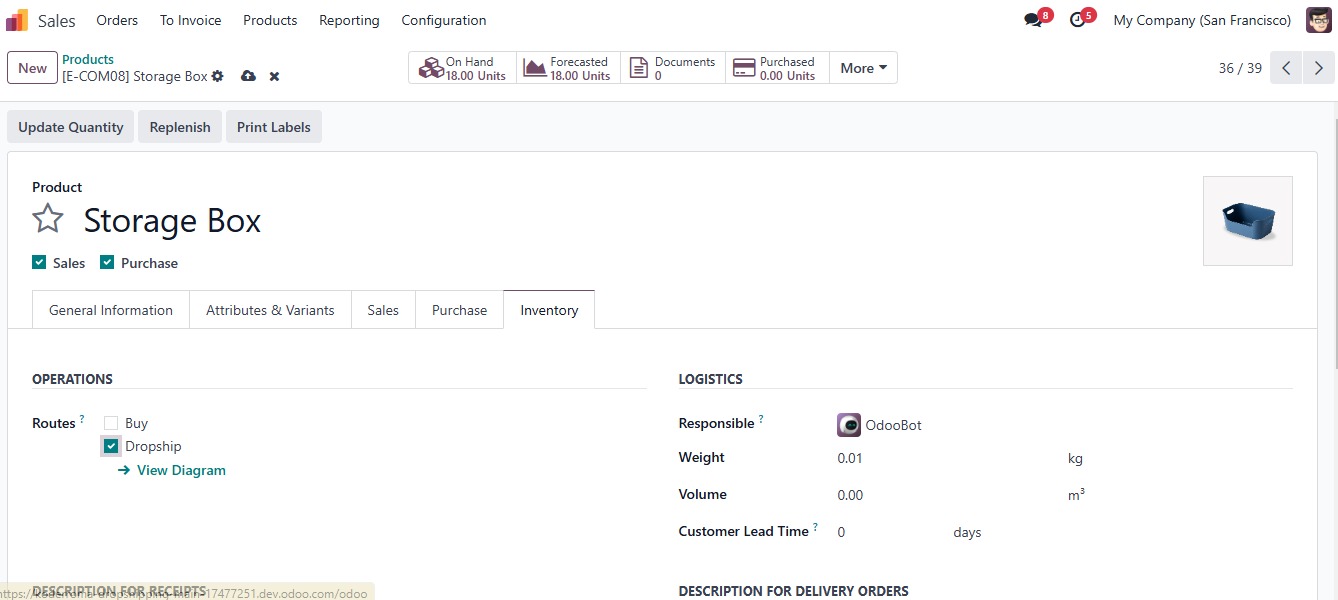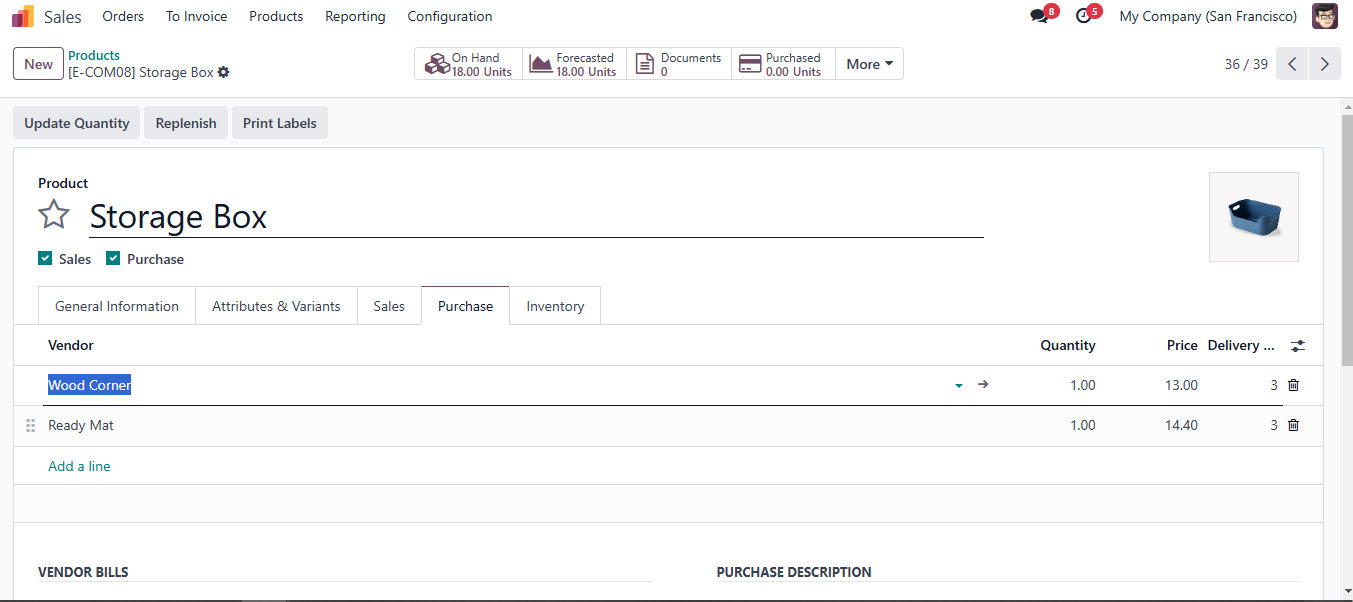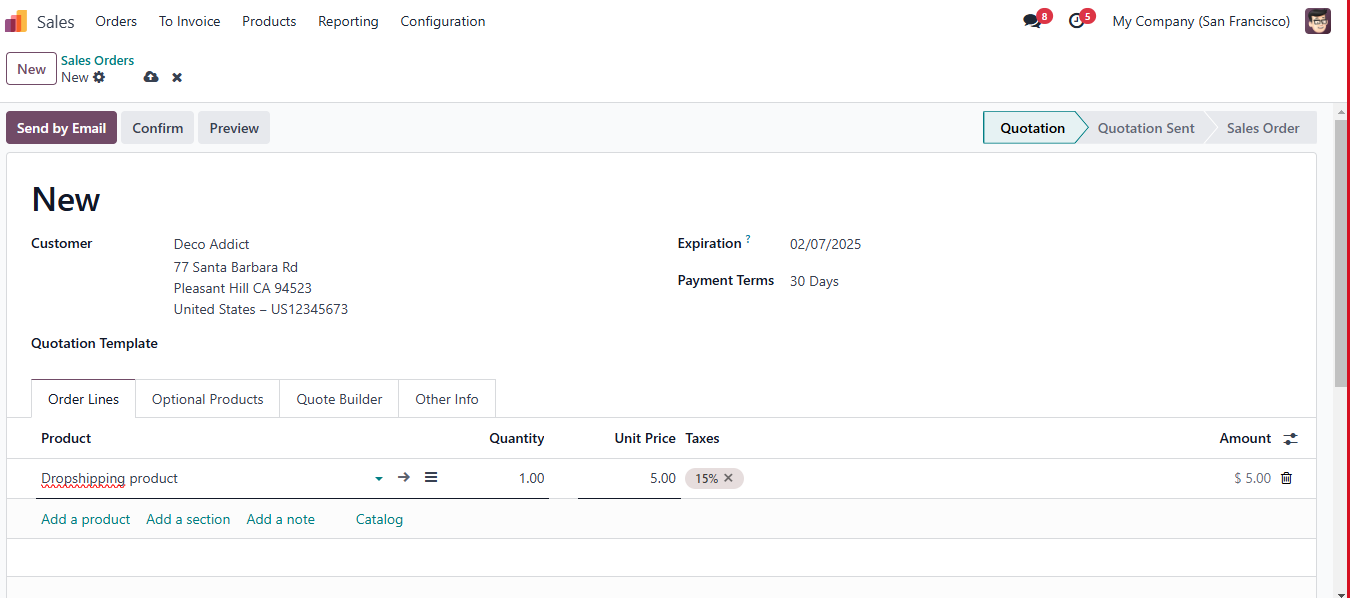Dropshipping is a business model that eliminates the need for companies to hold inventory, instead relying on suppliers to ship products directly to customers. In recent years, this approach has transformed online retail by reducing overhead costs and simplifying logistics. The flexibility and efficiency offered by dropshipping have made it a popular choice for businesses aiming to scale quickly without significant upfront investment.
What is Dropshipping?
Meanwhile, dropshipping
is a retail strategy where businesses sell products without keeping them in
stock. Instead, when a customer places an order, the product is purchased from
a third-party supplier, who then ships it directly to the customer. This
eliminates the need for warehouse space, allowing companies to focus on sales
and the customer experience.
Why Has This Model Become Popular in E-commerce?
Dropshipping has gained significant traction in e-commerce for several reasons:
Lower Initial Costs: Businesses can start selling products without investing heavily in inventory.
Scalability: Since inventory and shipping are handled by suppliers, companies can easily expand their product range.
Flexibility: Entrepreneurs can experiment with different markets and products without significant financial risk.
Ease of Entry: With minimal setup requirements, anyone with an internet connection can launch an online store.
How Can Odoo 18 Help Automate Dropshipping?
Odoo 18 suggest a strong set of features that make managing dropshipping operations straightforward and efficient:
Seamless Supplier Integration: Odoo 18 enables effortless connections with suppliers, ensuring smooth synchronization of product catalogs and streamlined order processing.
Intelligent Order Routing: Orders can be automatically routed to suppliers based on pre-configured rules, eliminating the need for the guide intervention and reducing processing times.
Comprehensive Tracking Tools: Gain full visibility into the status of orders and shipments in real-time through Odoo's centralized interface.
Enhanced Communication Capabilities: Keep suppliers and customers informed using integrated messaging and notification tools, fostering transparency and trust.
Customizable Workflow Automation: Tailor workflows to fit specific business requirements, ensuring scalability and operational efficiency.
By leveraging the advanced capabilities of Odoo 18, businesses can overcome the challenges of traditional dropshipping, enhancing productivity, reducing costs, and delivering a superior customer experience.
How Dropshipping Works in Odoo 18
When we figured out what Dropshipping is, we can say that Odoo has achieved good results in this regard. In Odoo 18, the Sales module provides an effective dropshipping configuration, provided that it is integrated with the Inventory and Purchase modules.
Since everything is transparent and clear in Odoo, now we will analyze step by step how to properly configure dropshipping, configure the supplier and deliver the goods from its initial implementation to the end.
Setting Up Dropshipping in Odoo 18
To activate the Dropshipping feature, make sure you have all the necessary modules installed, including Inventory. You will need to go through the following process.
1. Activating the Function First Time
Go to Inventory > Configuration > Settings.
There you need to find the Routes section. Enable the Dropshipping option. And save changes.

Once the changes are saved, you can proceed to the next stage.
2. Product Settings
From the Inventory you must go to the module Sales. Choose products and select the product you want to sell via dropshipping. Then On the Inventory tab, in the Routes field, select Dropshipping.

Add a vendor in the Purchase tab:
Click Add a vendor. Specify the product vendor.

3. Sell a Product
- In the Sales module, create a new Sales Order.
- Add a product configured for dropshipping.
- Confirm the order.

4. Automate the Purchasing Process
After confirming the sales order, the system will automatically create:
- Purchase Order to the supplier.
- Dropshipping route in the Inventory module.
5. Delivery Control
- In Inventory > Operations, you will see that the goods will be delivered directly from the supplier to the customer.
- In the Sales module, you will be able to track the order and delivery status.
So, we are ready and the goods will be delivered from the seller to the buyer, but you have only done a few manipulations and saved a lot of your time. The Dropshipping method was designed for this and the Odoo platform was able to implement it well.
A Real-Life Business Process Example
Imagine a growing e-commerce business handling hundreds of orders daily. With the surge in demand, managing inventory manually becomes a daunting task. This is where Odoo 18 steps in to revolutionize the process. Advanced dropshipping capabilities allow businesses to automate workflows, ensuring direct delivery of goods from suppliers to customers.
For example, an online electronics retailer can seamlessly connect with suppliers using Odoo. When a client places an order, Odoo automatically processes the request, notifies the supplier, and generates purchase orders. This streamlined workflow eliminates manual intervention, saving time and reducing errors, especially when managing large volumes of orders.
Potential Issues in Dropshipping
While dropshipping offers convenience, it comes with its own challenges. One common problem is the lack of real-time inventory updates, which can lead to overstocking or shortages. Additionally, incorrect shipping configurations in Odoo 18 can cause delays or shipping errors, affecting customer satisfaction.
How to Avoid Mistakes in Configuring Odoo 18
To mitigate these challenges, businesses should focus on proper setup and testing. Real-time synchronization using Odoo’s integrations ensures accurate stock levels, avoiding overselling. Double-checking delivery methods, pricing rules, and shipping zones helps prevent misconfigurations that may disrupt the process. Furthermore, leveraging Odoo's automation tools for order processing, notifications, and tracking updates reduces human errors and improves efficiency.
Advantages of Using Odoo 18 for Dropshipping
Odoo 18's Sales Module provides a powerful solution for managing dropshipping processes. Its ability to automate tasks, sync inventory, and streamline communication with vendor makes it a game-changer for businesses aiming to scale. With real-time updates and accurate reporting, it eliminates the common bottlenecks associated with manual workflows.
Tips for Beginners
For those new to Odoo or dropshipping, it’s a good idea to start small with a limited range of products. This will allow you to familiarize yourself with the workflow and identify potential improvements. Using Odoo’s tutorials and official resources can provide valuable insights and help you follow best practices for configuration.
Before you launch, modeling the entire process — from order placement to delivery — ensures smooth operations and early detection of any issues.
If you encounter any problems, seek advice from experts or our Kodershop team. We have many Odoo specialists and developers, as well as a large number of satisfied customers.
By using these strategies, companies can fully utilize the potential of Odoo 18, making dropshipping an efficient and profitable enterprise.